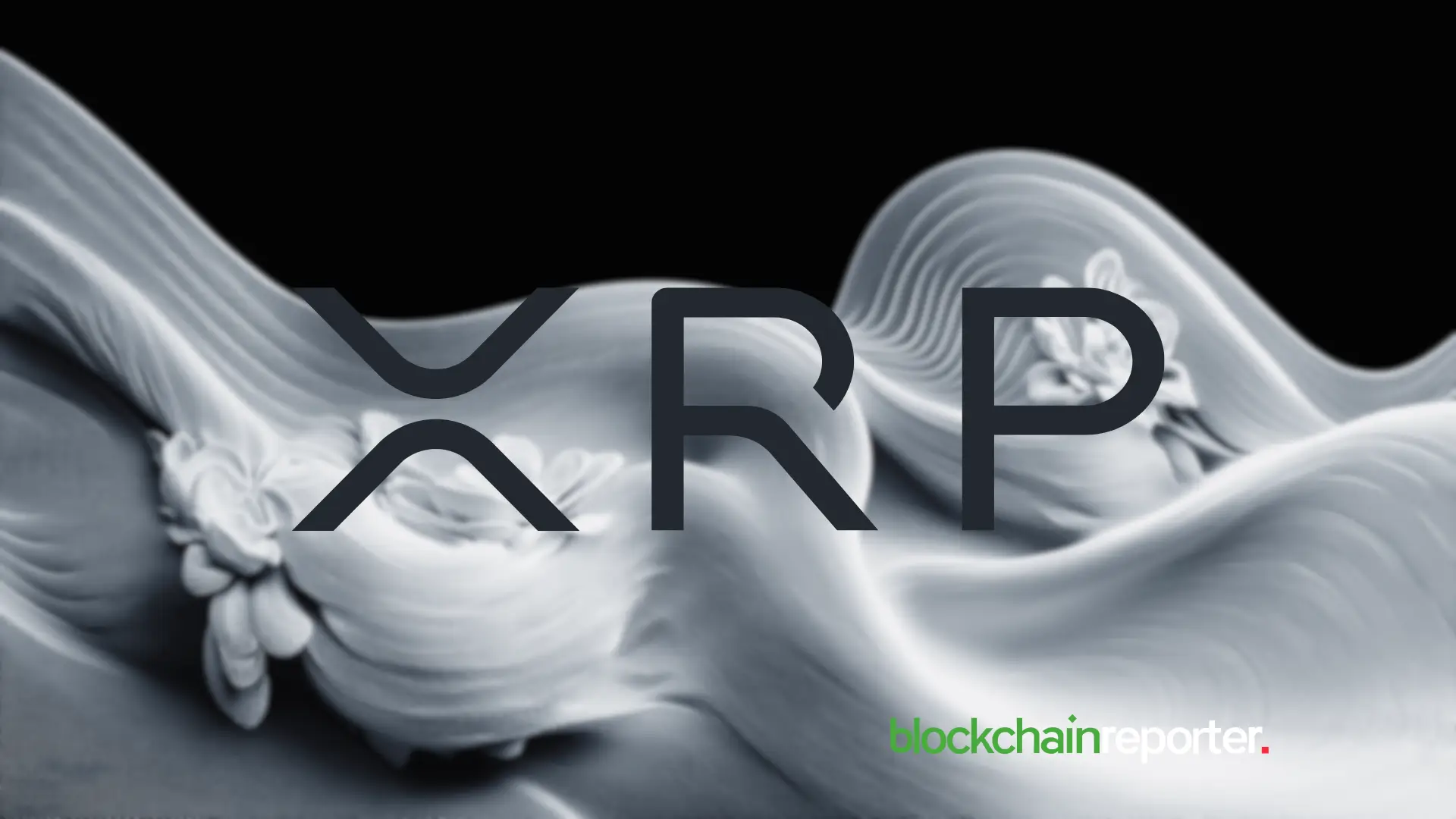Rising Token Supply Pressures Prices as Market Absorption Lags



- Token supply spikes led to price drops across all five projects despite varying market cap changes
- MORPHO showed resilience, with minimal price loss and strong demand relative to its supply growth
- Emissions outpaced demand, reinforcing a pattern of post-unlock underperformance in token prices
A 30-day supply analysis by Tokenomist (formerly TokenUnlocks) shows that major increases in token circulation continue to weigh on market performance. The report, covering five crypto projects , TAIKO, PYTH, MORPHO, NYAN, and SPEC, shows that higher float has not translated into stronger demand. All tokens listed recorded negative price returns, even in cases where market capitalization rose. The data confirms persistent underperformance linked to token emissions.
TAIKO posted the largest supply increase, expanding its circulating supply by 71.9%. While its market cap grew by 14.5% over the same period, the token price fell by 33.4%. This implies the influx of new tokens into the market outpaced demand, causing dilution and suppressing price performance despite capital inflows.
PYTH also showed a high supply growth of 58.6%. However, unlike TAIKO, it saw a 2.4% decline in market cap, accompanied by a 38.5% drop in price. This result points to inflationary pressure driving down the token’s value, with no corresponding increase in investor interest or capital allocation.
MORPHO Maintains Relative Stability
Among the five projects analyzed, MORPHO displayed the most stable performance relative to its supply expansion. It recorded a 33.3% increase in supply but also posted a 26.2% rise in market cap. The token price declined only 5.3%, less than its peers. The data suggests that market demand for MORPHO more closely matches its emission levels, limiting the impact on token price.
NYAN reported the weakest overall performance. Its circulating supply grew by 29.6%, but its market cap fell by 47.5%. As a result, the token’s price declined 59.5%, reflecting severe market rejection. The drop in both valuation and supply absorption indicates low confidence or diminishing utility tied to the asset.
Such conditions were echoed in SPEC. The token’s supply increased by 25.7 percent, while the market cap dropped by 26.6 percent. This gap resulted in a price reduction of 41.6 percent. As was the case with NYAN, the figures of SPEC show that investors were not keen to take up the new float, which led to devaluation.
There was a board increase in supply in the projects with the greatest level of price performance being negative. This result echoes an observation made repeatedly in tokenomics: when supply grows rapidly, market prices may be easily overwhelmed unless demand or utility also rise quickly. The token that did not suffer such massive losses was MORPHO, which was resilient in terms of its price despite its emission rate.

ETF Market Hits Record High in 2025 as Crypto Funds Lead the Surge
The U.S. ETF market is on track for a record-breaking year in 2025, driven by over 900 new launches ...

Ethereum Price Prediction: Analyst Predicts ETH Could Be On A Fast Track To $20,000 — This Chart Pattern Reveals Why
Analysts eye an Ethereum price breakout as ETH forms a chart pattern suggesting a potential surge to...

XRP Analysts Forecast Major Price Surge as Key Resistance Faces New Test
$XRP is testing a key resistance level for the fifth time, with analysts predicting a breakout towar...

